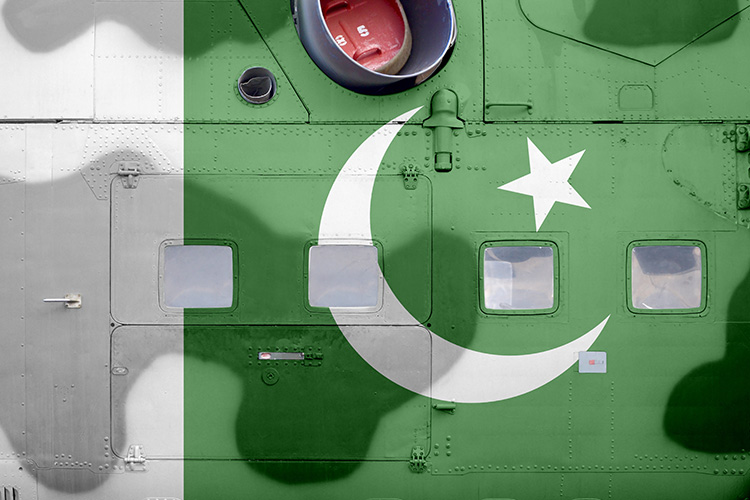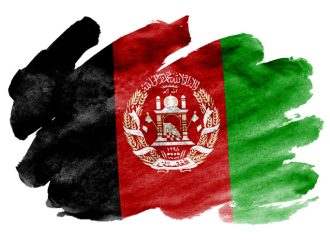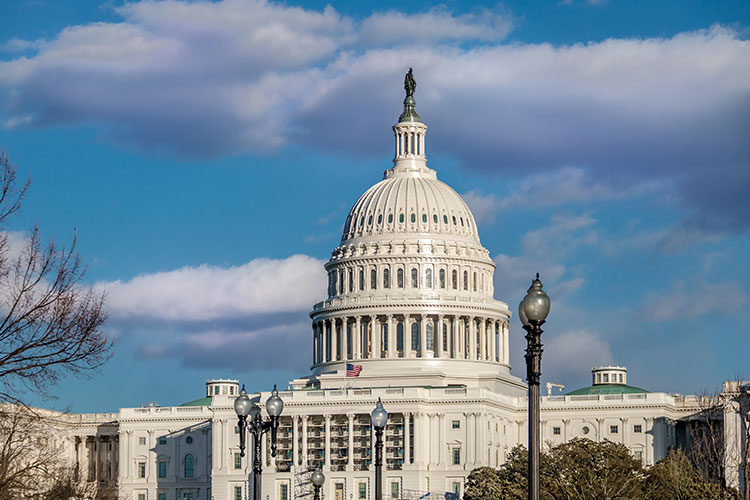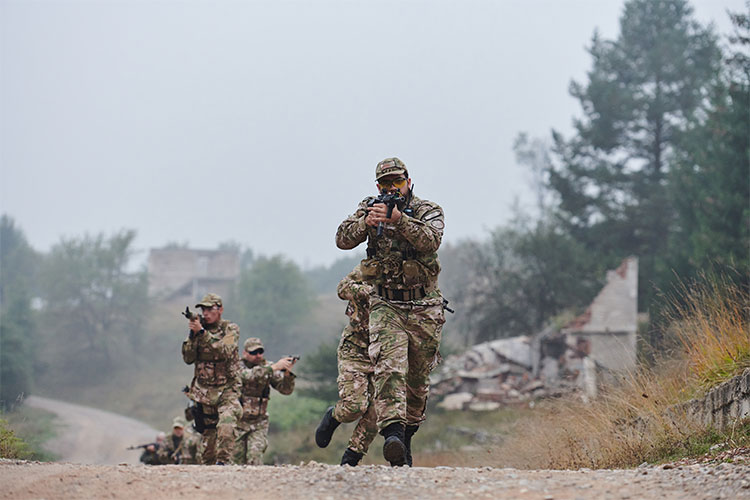Author Recent Posts Rabia Anwaar Latest posts by Rabia Anwaar (see all) Unequal Land Distribution Exacerbates food insecurity in Pakistan – April 22, 2025 Trade and Tariff War: What’s Next for Pakistan’s Economy? – April 22, 2025 US Military Equipment in Afghanistan Fueling Regional Instability – March 27, 2025
The active trade and tariff wars between world’s two biggest economies, maybe a wake-up call for Pakistan to diversify its economic and strategic partners in order to survive through this and future tariff chaos. Undoubtedly, the tariff war 2.0 creates multiple challenges and opportunities together with the necessity for Pakistan to demonstrate strategic flexibility as well as diplomatic skills. The United States and China, together with the European Union, have taken substantial actions toward increased protective measures. These policies extend further than basic tariffs as they demand extensive adjustments to alliances combined with regulatory changes and increased examination of foreign investment procedures. Thus, these international developments create vulnerabilities as well as opportunities for Pakistan that it must realize at its high time.
Pakistan has been directly caught in the cross-fire of U.S-China trade war. The U.S. remained Pakistan’s largest trading partner, however, the U.S. under Trump’s presidency has complicated this relationship by imposing additional tariffs on Pakistani goods under his claim of unfair treatment of American goods in foreign markets. Previously, Pakistan has been imposing a total of 58% tariffs on American imports, which made them more expensive while reaching its markets, thus resulting in less purchasing and consumption. In reciprocity, U.S. has imposed 29% tariffs on Pakistani goods in American markets. This, in-turn, will likely to affect Pakistan’s export market and over-all trade balance between U.S. and Pakistan.
Pakistan maintains strong economic ties with China through the China-Pakistan Economic Corridor (CPEC), yet encounters various potential dangers because of this partnership. Western powers place increasing pressure on China, which puts Pakistan at risk of an uncertain situation. The flow of Chinese investments becomes endangered when they face secondary economic sanctions, especially from U.S, due to which Pakistan may risk losing its key infrastructure projects and financial streams. During this period businesses can take advantage of developing prospects in their field. The Chinese industrial sector which seeks to move its factories outside of China, now considers Pakistan as an appropriate relocation location. Pakistan can achieve the migration of manufacturing industries by enhancing its regulatory laws and strengthening security measures and building modern infrastructure. Pakistan could become as one of the main regional manufacturing centers, but it will take some time to fruition.
The present circumstances in the field fall short of expectations. The export sector of Pakistan sustains itself primarily through textiles and wheat together with leather products as its main products. The business sectors face significant challenges due to altering international market conditions and regulatory amendments in international market. The lack of modernized production facilities and export sector expansion leaves Pakistan vulnerable to losing global market position. Moreover, Pakistan serves as a destination for Chinese surplus goods, due to which they float in Pakistan’s local markets at very cheap prices. Owing to on-going trade war, Chinese firms may face reduced access to the American market, and seize the opportunity to dumping even more of their surplus in alternative destinations like Pakistan to maintain production levels and profits. On the surface, this might seem like a benefit for Pakistani consumers due to the availability of cheap goods but in the long term, such a flood of imports could stifle local industries, widen Pakistan’s trade deficit with China and increase dependency on foreign manufacturing.
When major powers lock horns, economies like Pakistan’s do not just feel the tremors but they pay the price. Present conditions generate an unfavorable environment which reduces the attraction of foreign direct investment (FDI). The unstable domestic political circumstances alongside trade uncertainties present an unviable business environment to investors, which over-all slumps Pakistan’s FDI. A decrease in foreign direct investment harms economic development and prosperity by restricting job creation while inhibiting technology transfers in the country.
The necessity for industrial diversification has become increasingly vital during the prevailing contemporary geopolitics. The government of Pakistan needs to establish new trade alliances and diversify its trade partnerships along with generating trading products. Unless a state has a domestic product to offer to other states, it cannot diversify its partnerships productively. Incoming foreign investments from developing African, Central Asian and Southeast Asian markets provide Pakistan with opportunities to build new trade relationships while decreasing geopolitical risks. It requires domestic sector of Pakistan immediate strategic boost to develop its manufacturing capabilities. The integration of modern manufacturing with investments in clean energy, together with better logistics infrastructure will enhance the competitiveness of Pakistani businesses in global markets. Enhancements in technology and productivity allow Pakistani products to achieve higher market prices so they reach broader consumer bases.
Diplomatic skills and strategic engagement are powerful tools in shaping not just alliances, but economic outcomes. Smart diplomacy can help Pakistan strike a delicate balance in its trade relations with both the U.S. and China. Pakistan should pursue international neutrality and a balanced relationship with both global rivals as to establish itself as a diplomatic and economic partner between Western and Eastern-based power blocs. Proactive diplomacy allows Pakistan to diversify trade partners, attract investment from competing blocs and negotiate favorable trade terms, whether it is expanding textile exports to the U.S. or deepening industrial collaboration under the China-Pakistan Economic Corridor (CPEC). Local resistance against shocks needs to be built in parallel with other strategies. The idea behind diversification is the development of self-sufficient production lines for food and energy as well as critical manufacturing items will shield Pakistan from market disruptions.
Pakistan’s economy will encounter both tough challenges and positive development prospects. The international trade conflict remains unlikely to lessen immediately but proper strategic decisions combined with long-term planning will convert external shocks into future advancements.
- Unequal Land Distribution Exacerbates food insecurity in Pakistan - April 22, 2025
- Trade and Tariff War: What’s Next for Pakistan’s Economy? - April 22, 2025
- US Military Equipment in Afghanistan Fueling Regional Instability - March 27, 2025












Leave a Comment
Your email address will not be published. Required fields are marked with *